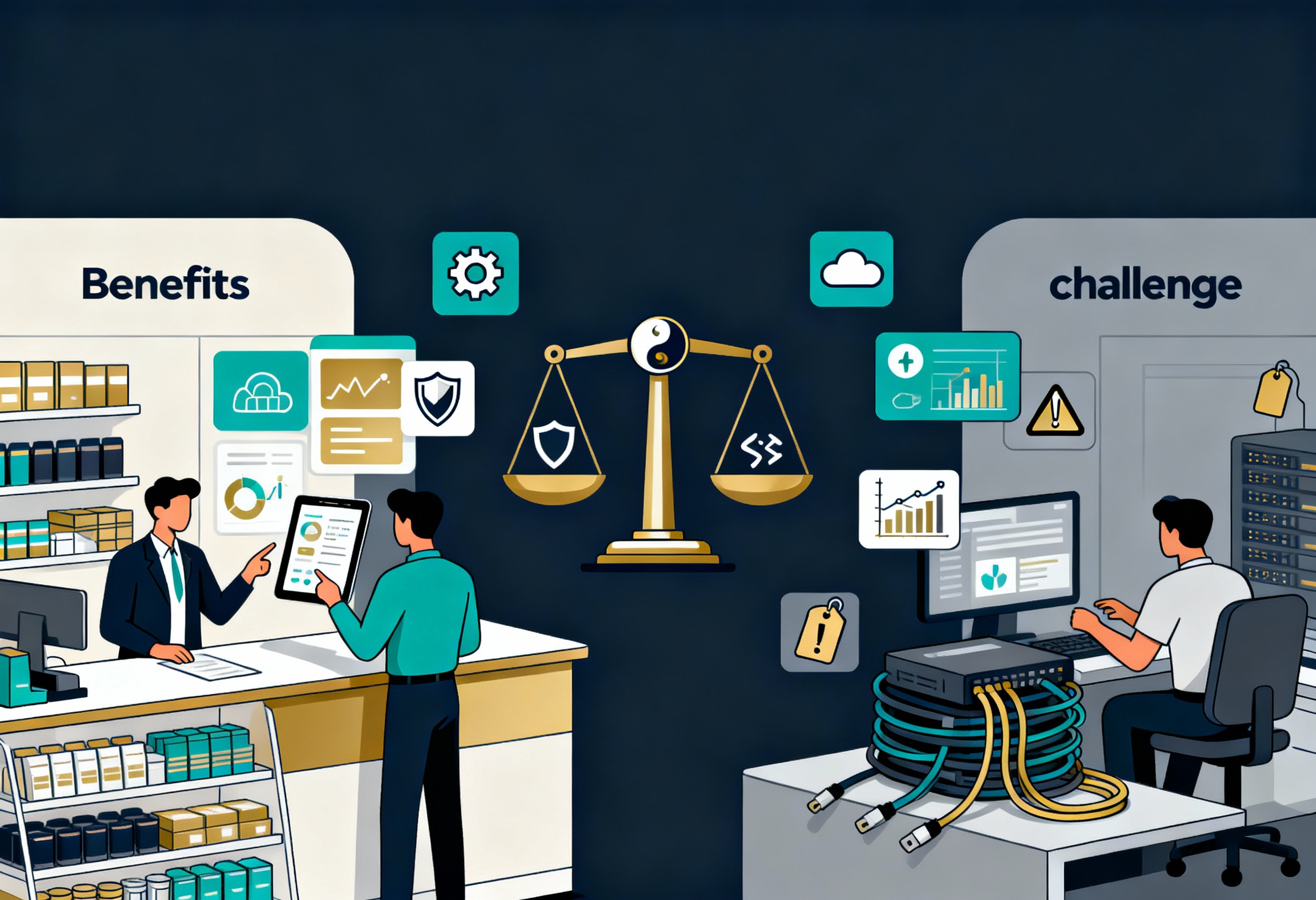Cloud migration refers to an organization’s decision to migrate its data and information technology facilities to a cloud service provider (CSP). This is becoming more and more common even though it may seem difficult for businesses as they face the challenge of choosing how to do it. With the hope that working in the cloud will help them become more agile, improve business continuity, or reduce technical debt, a variety of approaches have emerged. In this article, we would like to introduce and compare refactor vs replatform, thereby giving tips to help users choose a suitable method for their business.
Overview of Refactor
Refactor, also called re-architecting, refers to “modernizing the application,” or updating an application’s existing code to take full advantage of the features and flexibility of the cloud. This strategy is the most complex of the data cloud migration process strategies as it requires changing the source code and introducing modern technologies to the organization. It also involves completely transforming the existing application. The changes will require thorough testing and optimization, resulting in possible delays. This could mean breaking up a monolithic application into microservices or recoding an application to be serverless. As a result, organizations often take small steps by refactoring one or two modules at a time to fix issues and vulnerabilities on a smaller scale.
Refactor has many advantages for retailers. First of all, it saves them money because the applications are being optimized for the cloud, so refactoring can deliver the highest ROI (Return on Investment) and lower total cost of ownership (TCO). This approach will also result in a more flexible application architecture as enterprise application owners will have the opportunity to explore all the services available in the cloud and make informed decisions about which service is right for them. In addition, shifting in this way increases resilience. Technologies and concepts like auto-scaling, immutable infrastructure, and automation increase application resiliency and reliability.
On the other hand, to implement the approach, businesses also have to face many difficulties because it has a few weaknesses. This way of moving requires a lot of change, especially technological and cultural requirements that deepen the complexity. In addition, retailers are required to have advanced cloud knowledge and experience. What’s more, the restructured project will have a longer duration.
Overview of Replatform
When comparing refactor vs replatform, it seems that replatforming is the easier way. It’s a means of harmonizing refactoring and re-archiving, and applies some changes to the application to make it more suitable for the cloud without having to refactor the whole thing, so it’s not too complicated and time-consuming. Replatform projects often involve refactoring the database into a more cloud-based solution, adding scaling mechanisms, or containing applications. This could mean migrating an application to a fully managed platform or changing the database to a PaaS (Platform as a Service) database.
Between refactor vs replatform, the replatforming approach also has significant advantages. First of all, this approach helps to reduce technical expenses, including operating costs. It’s also a good tool for adding features and technical capabilities without jeopardizing migration timelines. Users will get new cloud-based technologies such as auto-scaling, managed hosting, infrastructure as code (IaC), and so forth. These capabilities can improve the customer experience.
However, it can still have drawbacks when translating this way. Organizations can have a hard time drawing a line, and deciding which cloud technology to prioritize can be challenging. At the same time, this move also limits the amount of change that can happen so the retailer must decide what can be done based on the migration timeline, then add the remaining items to the backlog. In addition, to perform replatforming, users must have cloud and automation skills.
Considerations and Tips to Choose the Right Path for Your Business
Choosing the right cloud migration route between refactor vs replatform is critical and the decision should be based on the unique needs and circumstances of the organization. To choose the right way, businesses need to have clear business goals for the migration process. They must then establish a timeline for the project. Both of these factors will help technical leaders and application owners decide which strategy is best. Notably, factors of current IT infrastructure, business goals, and budget constraints also need to be assessed to make a decision.
Common business goals for cloud migration are often reducing debt and improving customer digital experiences, making systems and processes faster to respond to change, ensuring operations be continuous, and performing conversion automation. Determining the best migration strategy will be to help the organization get the most out of the cloud and do it on demand.
Organizations often use these strategies in tandem and often work with trusted advisors to identify and implement the best strategy. When planning their migration strategy to the cloud, they also need to consider factors such as the difficulty of the method, the time to modernize, the cost of migration at each method, and their life cycle.
►►► Optimal solution set for businesses: Multi store POS, Next-gen POS, Inventory Management Software (MSI), Self Service, Automation, Backorders
When using the replatform approach, organizations must be sure that small changes will not affect the operation of the application. They must be ready to automate certain tasks before migrating the database. And if data is transferred this way, businesses should take advantage of even more cloud benefits. If the company’s on-premises infrastructure is complex and hinders scalability and performance, then replatforming is a safe and best choice.
Between refactor vs replatform, the former is probably more appropriate when you have strong business needs and want to add more features and performance to your application. If this is not supported in the existing application and the organization is looking to scale the application, choosing the refactor is the correct thing to do. Additionally, when you need to refactor your code to take full advantage of the capabilities of the cloud or are looking to increase flexibility or improve business continuity, the replatform approach won’t be as suitable. In particular, choosing this transition when an organization is ready to move to a service-oriented architecture (SOA) will bring significant benefits.
Conclusion
Refactor vs replatform are two quite popular migration methods and are chosen by many organizations. Depending on the needs, each business has its translation method, ensuring it is suitable for its needs, size, and budget. If you are looking for support for fast cloud migration, feel free to contact us.
►►► Optimal solution set for businesses: Shopify POS, Magento POS, BigCommerce POS, WooCommerce POS, NetSuite POS, E-Commerce POS



